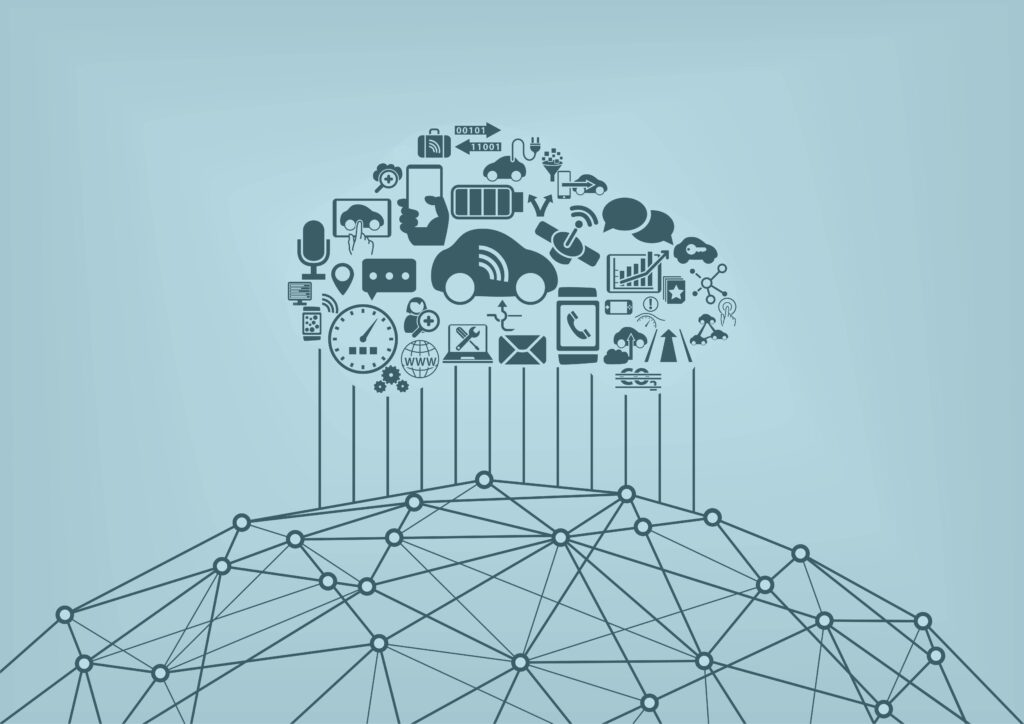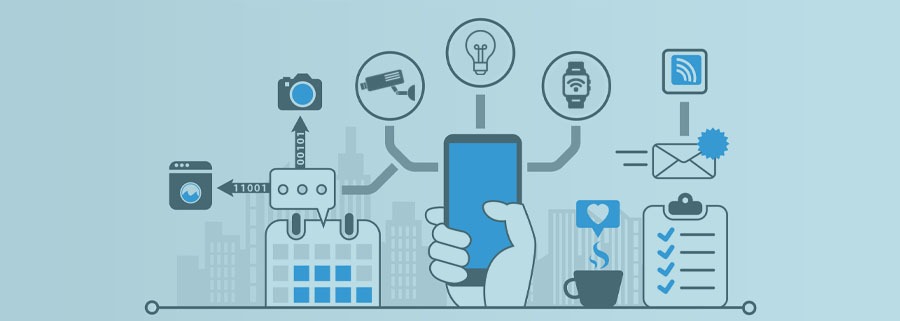What Las Vegas hotel would you rather stay at? The Venetian or the Rio? Most people would say the Venetian. But business book author MJ Demarco would argue vehemently with you. In his book “The Millionaire Fastlane,” a book he wrote in 2011, he relates his experience staying at both hotels.
The Rio is an older hotel, a little frayed at the edges. Not the kind of hotel a high roller would normally want to be seen at. But DeMarco was pleasantly surprised at the excellent service he received. The friendly greetings and caring treatment from hotel staff. How they went out of their way to make sure his stay was comfortable.
Then he transferred to The Venetian, one of Vegas’ most spectacular, shiny hotels with all the right touches: opulent architecture with “ornate columns and corbels, lavish chandeliers, and other affluent appointments that scream royalty.”
But Demarco said he would never stay there again. The service “sucked” as he so succinctly said. Housekeeping was unresponsive. Hold times for hotel services unacceptable. Staff were robotic. Prices were exorbitant. You get the picture.
Now what does a story about a stay in Sin City have to do with customer service in the consumer IoT industry? Plenty.
In an industry that is still at the beginning states, where technology is sexy and cutting edge but still somewhat unstable, and copycat products are nipping at your heals, your biggest differentiator is your service.
In fact your customer support processes and support people are probably your biggest competitive differentiators.
If you deliver outstanding support and treat your customers as VIPs throughout their experience with you, you’ll make marketing less relevant!
Marketing Doesn’t Really Start Until You Get A Customer
So why are marketing and customer support at consumer IoT companies joined at the hip? It boils down to my favorite definition of marketing.
First, what is your definition of marketing? At a recent conference for startups I posed this question to the audience during my talk. Most people’s answer was a version of this: “To create awareness for your product.”
That’s a start, but it’s incomplete. Peter Drucker, the 20th Century’s foremost management guru said:
“Because the purpose of business is to create a customer, the business enterprise has two–and only two–basic functions: marketing and innovation. Marketing and innovation produce results; all the rest are costs. Marketing is the distinguishing, unique function of the business.”
Fast-forward to today, Ryan Deiss, Co-Founder and CEO of Digitalmarketer.com said (and I’m paraphrasing here) that marketing is to help move the customer along the journey with your company, including (and I would say especially) after they become a customer.
In his epic article Customer Value Optimization: How to Build an Unstoppable Business, Deiss explains the economics behind a McDonald’s Hamburger. He asks whether you and I would be shocked if we found out that McDonald’s makes almost no profit from the sale of their hamburgers.

The cost of their hamburger barely covers the cost of getting a customer in the door.
Then they invented the value meal.
While they make an average profit of only $0.18 on each hamburger, when they upgrade you to fries and a Coke, they make an extra $1.14 in profit. In total they make a profit of $1.32 per value meal, which is a whopping 7.3 times more profit than the sale of a single hamburger.
It’s in McDonald’s best interest to sell more per customer. But is that it? No. They want you to keep coming back and buy more and more.
In fact, the Customer Value Optimization concept Deiss describes is all about marketing to customers once they have become a customer.
Support Feeds the Consumer IoT Marketing Pipeline
If marketing doesn’t really begin until after you get a customer, how does support at a consumer IoT company help with the marketing function?
There are four ways.
Market Research
Because of the complexity and maturity of the innovative technologies in the home tech and wearables spaces, there are infinite reasons for customers to open a support ticket.
Through data analytics that tracks and produces intelligence on support trends, support can identify:
- Common user errors
- Common requests
- Common product errors
Product marketing can use this data to quickly improve product functionality, correct errors, improve user interfaces, and invent new features.
Sell more stuff
Customer support can design automated workflows to sell more, in addition to helping solve problems. When is a customer more open to a product recommendation that when they’ve gotten a resolution to their issue?
Ensure customers become net promoters
In the #FlipMyFunnel Account-Based Marketing methodology diagram, the base of the flipped funnel is the “Advocate” layer. This is increasingly becoming more and more common, as customer support and customer service are quickly becoming the distinguishing feature for winning companies.
Your best marketers are your ecstatically happy customers. They share on social media. They rave on forums. They tell their friends and neighbors about you.

Discover new use cases and “personas” for your product
Finally, customer support can discover new use cases or “personas” for your marketing department to use in their marketing materials. Since customer support is on the front line of a business, they are the ones who see how your product get used in your customers’ day-to-day.
Make Your Customer Support A Foundational Part of Your Marketing Efforts
I hope I have convinced you that customer support and marketing are joined at the hip – and that they are (or should be) a foundational part of your marketing effort.
As Forbes recently said, customer service is the new marketing.
As an innovative company in an industry that still has a long way to go before reaching the “early majority” phase, constant collaboration and joint product development with your customers is a must.
Keeping them happy and channeling their complaints, errors and opinions into a continuous feedback loop between support and marketing can put you at the top of the game.
And if you’re having a bad day with negative complaints hitting you on all sides after you’ve introduced a new product to the marketing, do as marketer Jay Baer says: “Hug Your Haters.”




